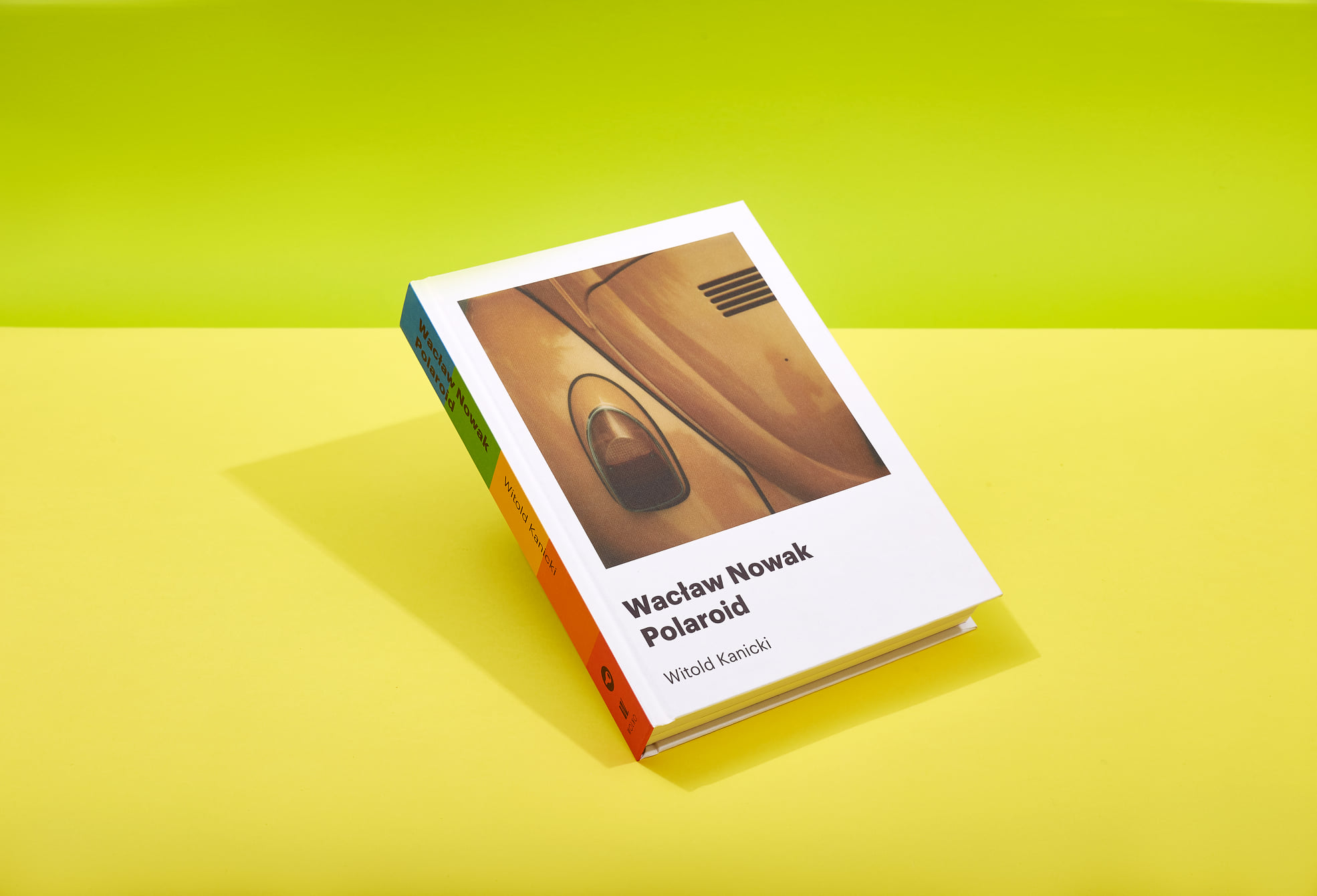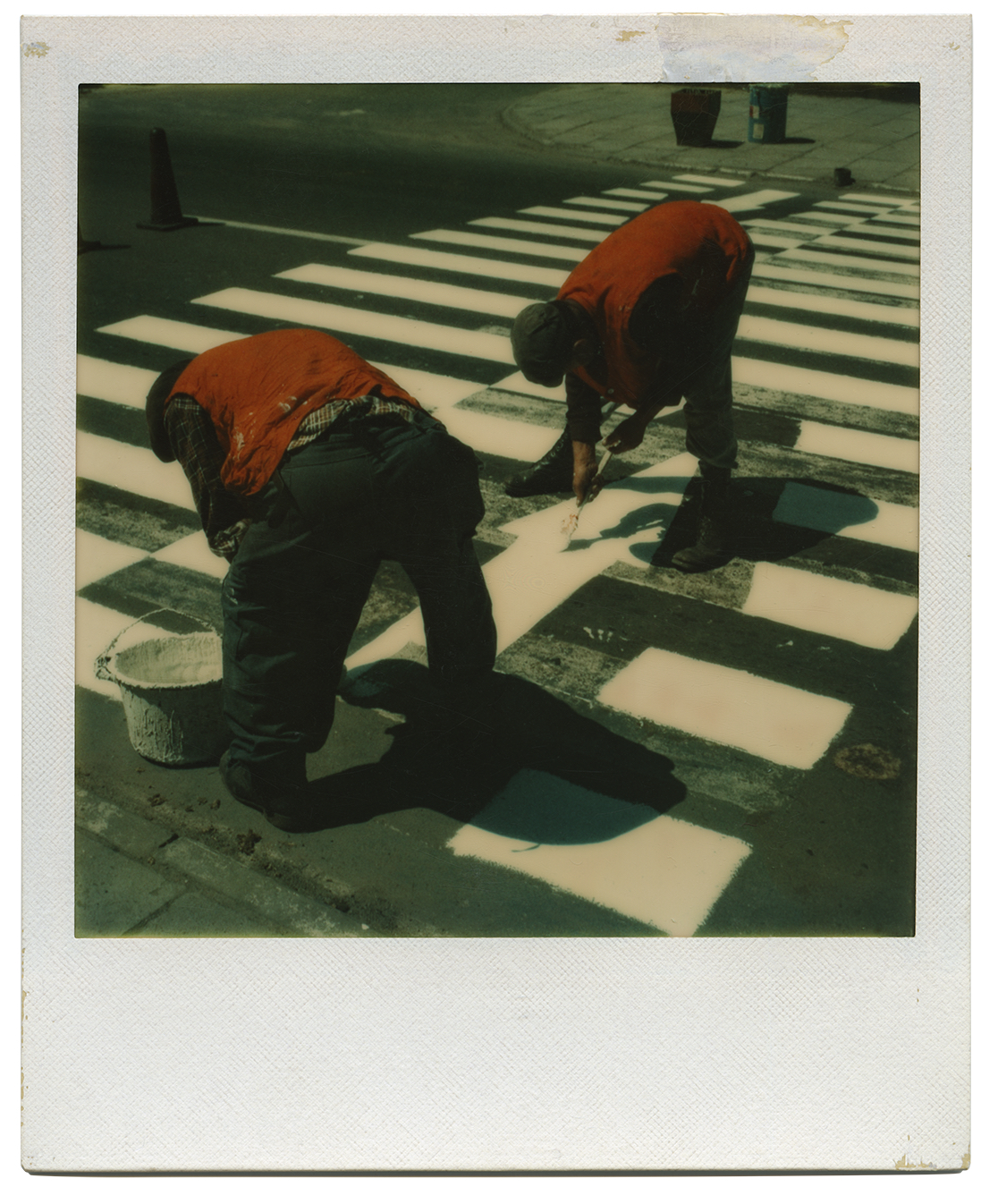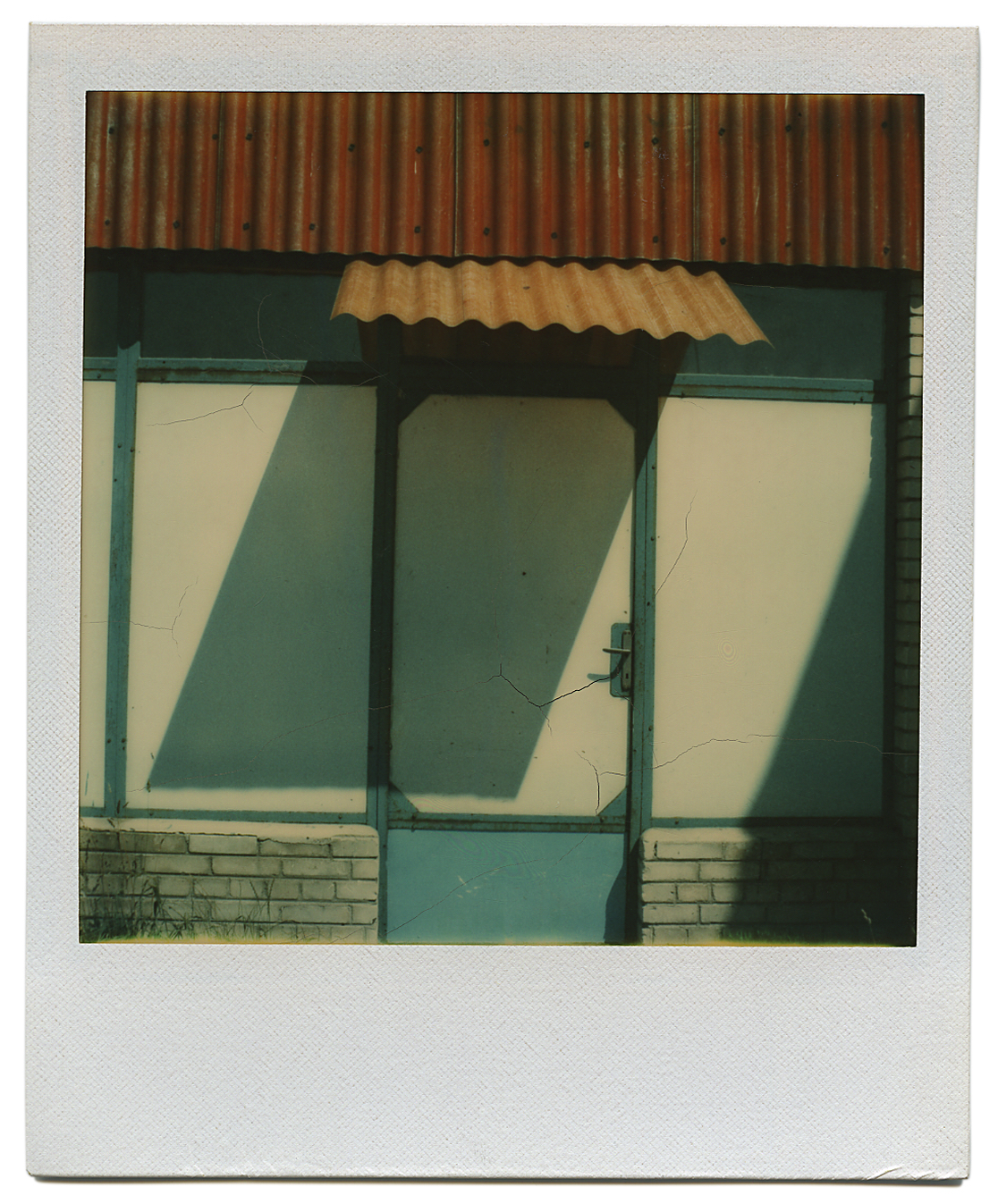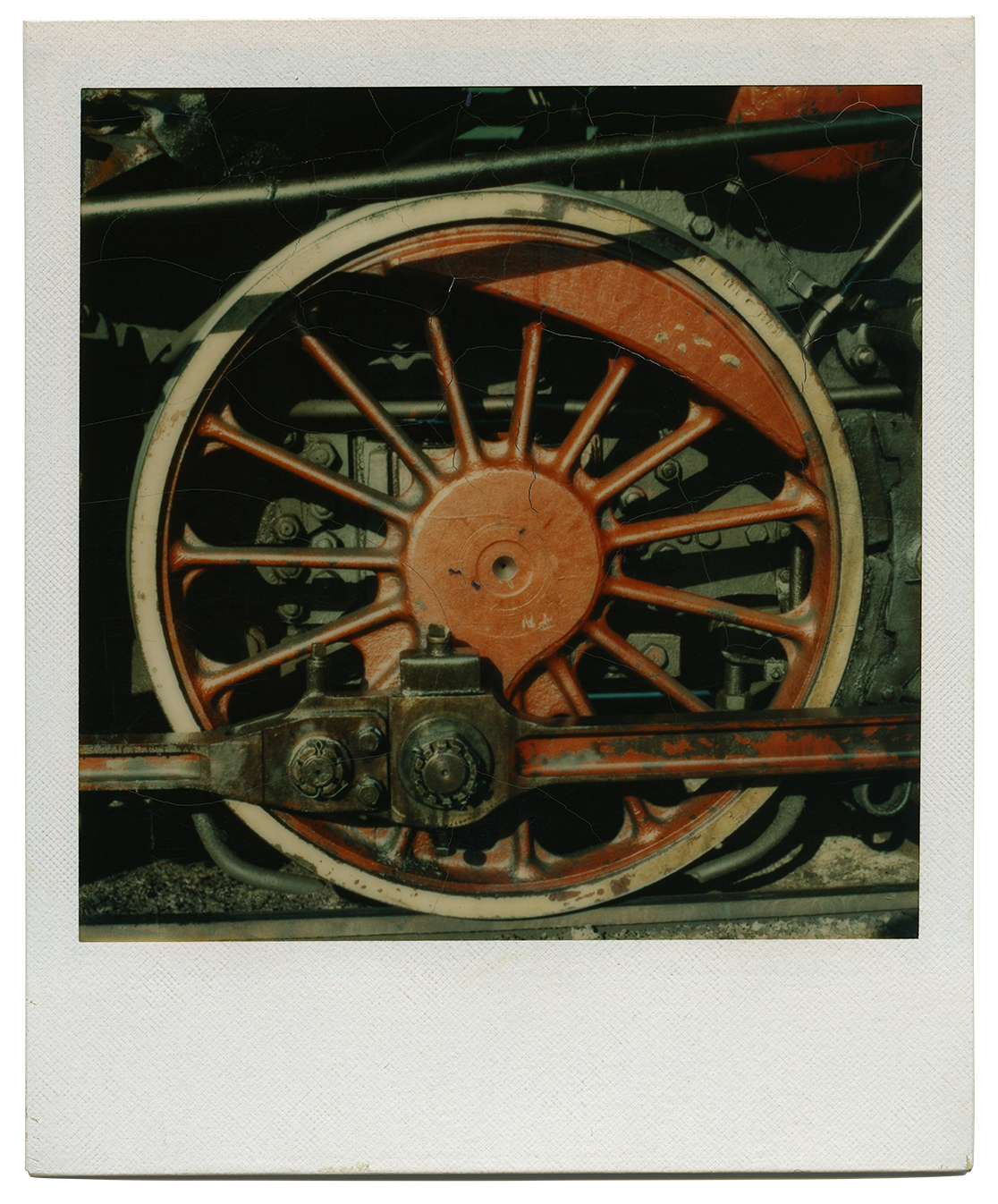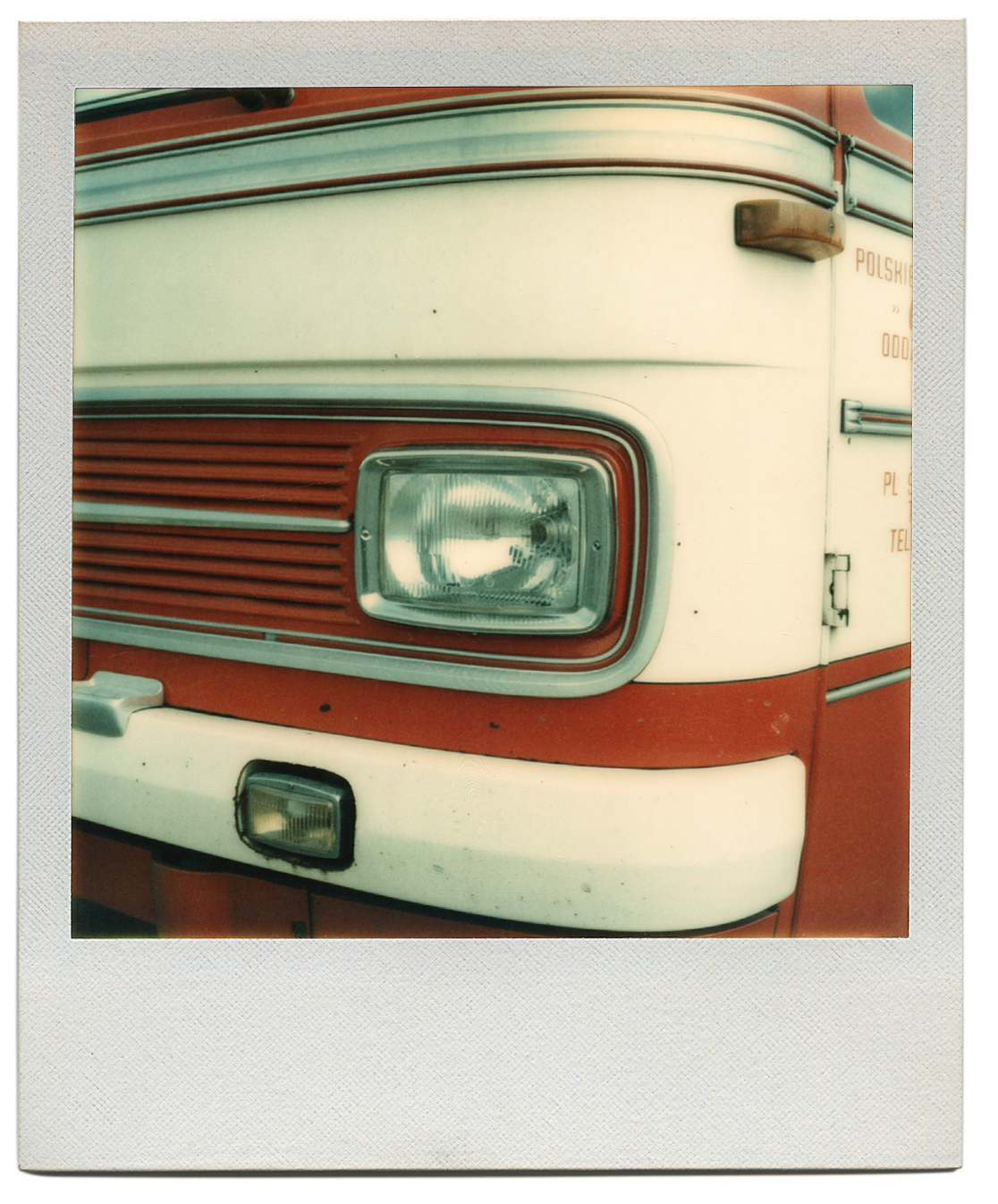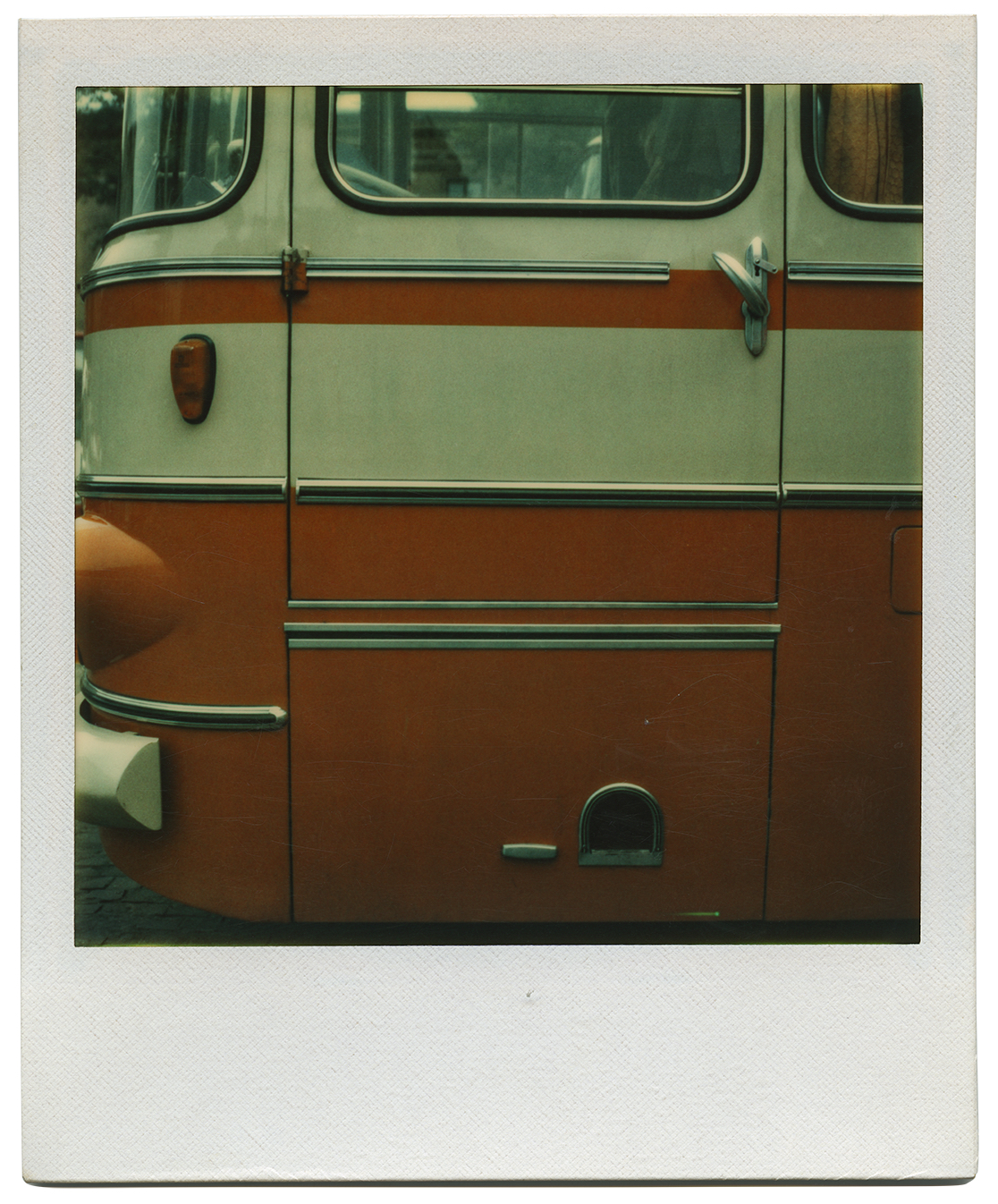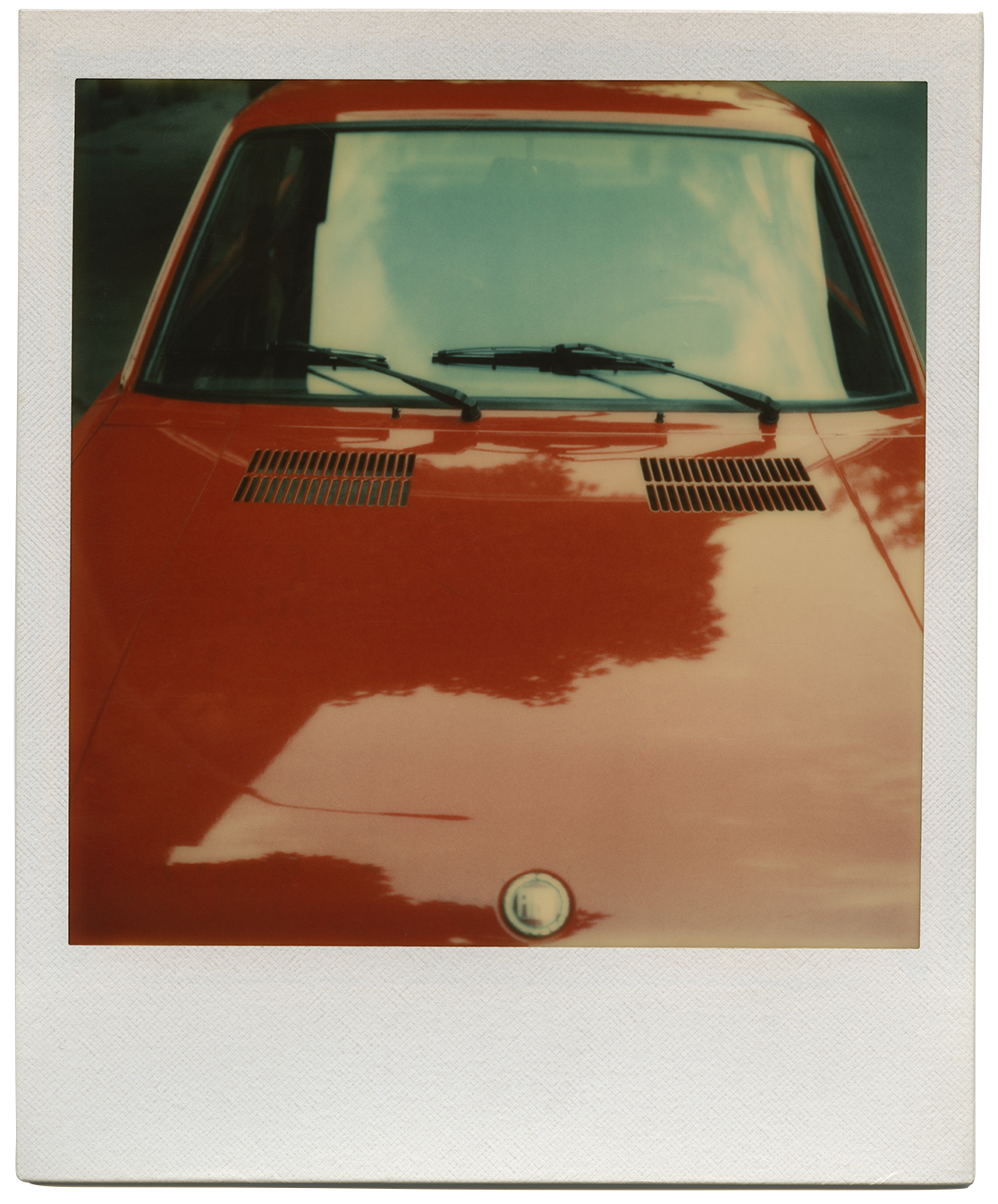Description
Witold Kanicki's book Waclaw Nowak. Polaroid, is the first monograph dedicated to the artist, who died prematurely (almost half a century ago). It focuses on the Polaroid output of the extremely intriguing, now somewhat forgotten photographer, usually associated with black-and-white images from the subjective photography trend. His individual approach to the photographic craft brought Waclaw Nowak international recognition. This is confirmed by numerous publications in professional periodicals, as well as participation in many important exhibitions on the other side of the Iron Curtain (including the exhibition Vision and Expression at the George Eastman House in Rochester in 1969). The Krakow artist's uniqueness is also evidenced by his cooperation with the Polaroid Corporation, established as early as 1974. It allowed him permanent access to completely unknown in communist Poland free materials of the American manufacturer, sent as part of the Artist Support Program. Today, Waclaw Nowak's works can be found in important photographic collections, including, among others, the European part of the Polaroid collection currently stored at the Ostlicht gallery in Vienna.
Book Waclaw Nowak. Polaroid - imported photography consists of an extensive essay and an album section containing more than a hundred instant photographs taken in the 1970s. They show communist Poland in American colors, contrasting strongly with the common grayness of communist Poland. Extremely rare in the former Eastern Bloc countries, the photos on Polaroid materials became a pretext for a story about the essence of instant photography, the political entanglement of technology and Western consumer goods, domestic color photography, the so-called snapshot aesthetic, as well as cars, American hyperrealism and its relation to the culture of communist Poland. According to the author, Polaroids behind the Iron Curtain became a kind of cultural weapon, actively participating in the political rivalry of the mid-1970s. The gift of free color materials to the Polish photographer may have led to significant changes in his work. Registered with a Polaroid camera, Polish reality often resembles American hyperrealist images.
Witold Kanicki - has been working on the history of Polish instant photography ever since he noticed that little is known about it. He presented the results of his archival research during two group exhibitions - Instant Curiosities (Arsenal City Gallery in Poznań, VIII Biennale of Photography, 2013) and Instant Archives (Gdansk Gallery of Photography, National Museum in Gdansk, 2021). While conducting research, he came across an unknown collection of Polaroids by Cracow photographer Waclaw Nowak, which became the basis for the book. In addition, Witold Kanicki holds a PhD in art history and is an assistant professor at the Department of Art Education and Curatorial Studies at the Magdalena Abakanowicz University of Arts in Poznan. From 2014 to 2020, he was a guest lecturer at the Zürcher Hochschule der Künste in Zurich. He has worked as an independent critic and curator. He is the author of dozens of texts on art and photography, published in "Kwartalnik Fotografia," "Artluk," "Exit" and the Slovenian magazine "Membrana," among others. His doctoral dissertation was published under the title The negative pole of photography: negative images in modern art in 2016, published by Słowo/obraz terytoria, and its translation into German is being handled by the Berlin-based Dejavu Foundation. Since 2014, he has headed a grant from the National Program for the Development of the Humanities to publish an anthology of Polish texts on photography. He is a Silesian living in Poznań.


